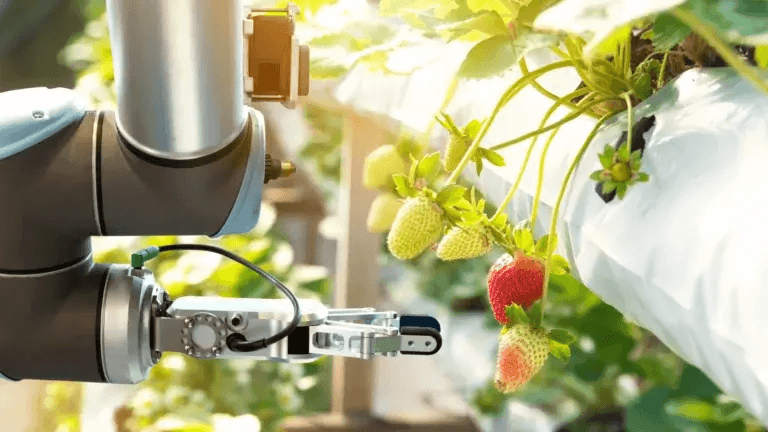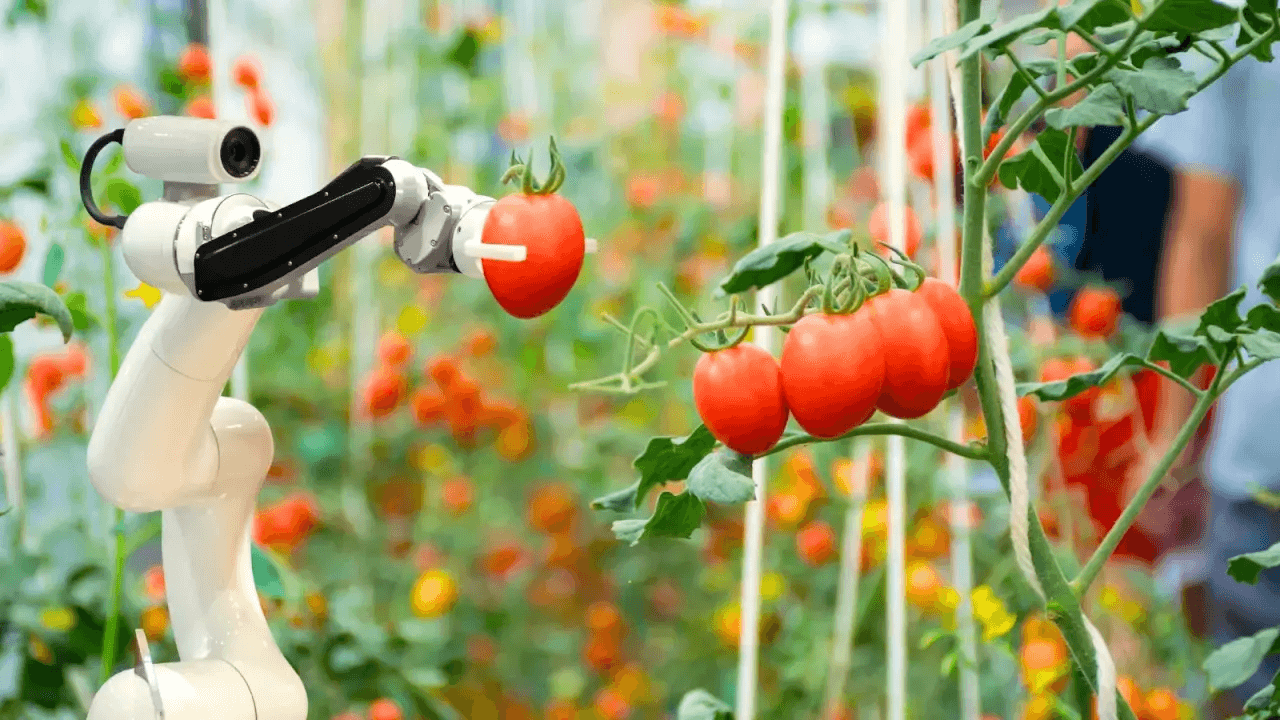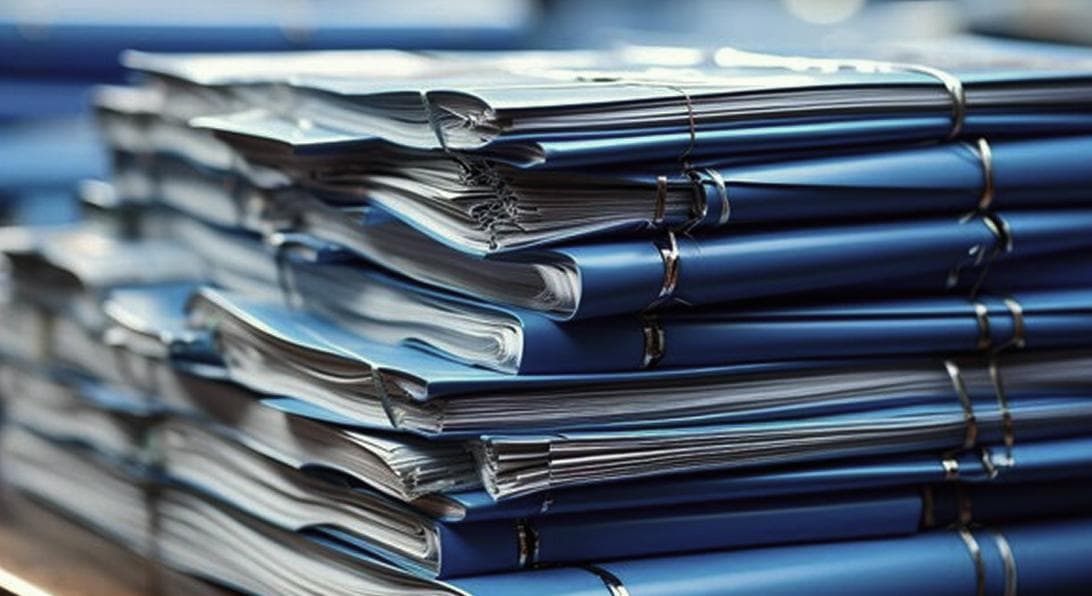
GLOBAL AGROVET
RESEARCH CONFERENCE - 2K25
and Food Science for Sustainable Future."
POWERED BY ARCC JOURNALS

POWERED BY ARCC JOURNALS



21 Apr 2025
5 Ways Agricultural Robots Are Changing Modern Farming

21 Apr 2025
While human labour is still a large part of agriculture, robots are also taking to the fields. Here are a few ways that agricultural robots are changing farming now and in the years ahead.
Technological advancements are constantly changing sectors of the economy, and agriculture is no different. While innovations like the Haber-Bosch process and the cotton gin forever changed the process of growing and harvesting crops, the modern era continues to bring new breakthroughs.
More Precise Nutrient Applications:
Technology helps ensure plants get precise amounts of needed nutrients.
When farmers apply fertilizer, they often use data to drive their decisions. Soil tests and crop nutrient needs can determine how much of each nutrient to apply to the soil. However, collecting this data and applying the inputs are typically two different actions.
While nutrient runoff isn’t a big problem in hydroponic systems, it can be outdoors. Overapplying fertilizer not only wastes money, it harms the environment as the excess nutrients run off into waterways. Precision fertilization application can help limit excess nutrients.
They can also use sensors to determine the soil moisture, pH, and available nutrients. Others can use this data to apply the precise amount of nutrients to the crops that need them.
Reduced Need for Human Labor:
Even with advances in technology, many agricultural practices are still completed by humans. Harvesting, trellising, weeding, and planting are a few tasks that farm workers often complete.
It’s possible that agricultural robots will eliminate the need for some of this labor. Multiple companies are designing robots that use lasers to kill weeds. These machines self-drive through fields and decipher weeds from the planted crops. They then use lasers to zap the small weeds, killing them without disturbing the soil or using herbicides.
Other companies are working on producing agricultural robots that can take over some of the work of harvesting. This is a complex task since crops like fruits and flowers must be harvested at a particular growth stage or color. Plus, these crops are fragile and easily damaged during the harvesting process.
Some robots are able to detect the color of fruits, select ripe ones, and gently pluck them from the plant. This could lessen the need for human labor in a field that currently heavily relies on it.

Less Time in the Tractor:
These advanced tractors perform work while farmers focus on communication. Thanks to GPS-driven technology, autonomous tractors are becoming more common in large-scale operations. These devices can drive their way around fields without a human at the wheel, making the correct turns and completing actions like planting, cultivating, and harvesting.
These technologies will limit the amount of time that farmers spend in tractors, allowing them to allot their time to tasks like communicating with customers and spending time with their families.
Of course, these tractors come with a hefty price tag, so they’re not accessible to all growers. Small and mid-size growers will likely still rely on human-driven tractors unless these technologies become more affordable.
Precision Pest Control:
Scouting fields becomes easier with automated pest detection systems. Scouting fields for pests can be a time-consuming task, especially when you’re working with large acreage or multiple types of crops. Currently, many farmers rely on scouting and the economic threshold to determine whether or not it makes sense to apply pest control measures. However, that might change with the help of robots.
Some agricultural robots are able to scout fields and apply pesticides or beneficial predators at the exact locations where pests occur. This limits the need for large applications, saving farmers money and removing unnecessary pesticide applications. This can also mean healthier crops and better harvests.
Decreased Water Use:
Automated systems water only where needed, conserving precious resources. Just like there are robots that can monitor soil pH and the presence of pests, there are also machines that can detect soil moisture levels. When you combine this moisture data with irrigation systems, agricultural robots are able to apply water to the plants that need it at the correct time.
Rather than watering a whole field or block of plants, precision irrigation systems can water a few hundred strawberry plants or a single row of orange trees. This limits water use while allowing plants to remain healthy.
These irrigation robots may particularly impact areas facing water shortages. If growers can get away with using less water, they may be able to continue to grow crops in areas where water scarcity is a major concern. Whether or not it’s ethical to continue large-scale, water-intensive agriculture in these areas is another question.

Become a Delegate
Attend GARCX 2025 as a delegate to gain expert insights, connect with global professionals, and explore cutting-edge solutions in agriculture and animal health.

Become a Speaker
Join global thought leaders at GARCX 2025 to share your research and insights. Present your work on integrated agriculture and animal health before an international audience.

Become a Sponsor
Showcase your brand as a pioneer in One Health innovation. Sponsoring GARCX offers high-visibility branding and strategic exposure to industry leaders and researchers.

Publish with Us
Submit your scientific work to be featured in esteemed ARCC Journals. Gain credibility and reach in the global agricultural and veterinary research community.

Become an Exhibitor
Display your solutions, products, or innovations in agriculture and animal health at the GARCX Expo. Network with stakeholders and boost your industry presence.

